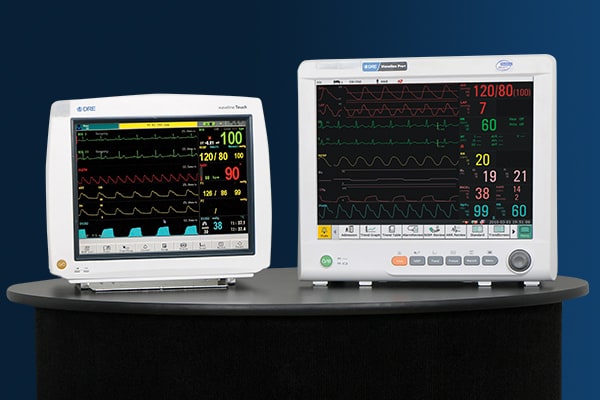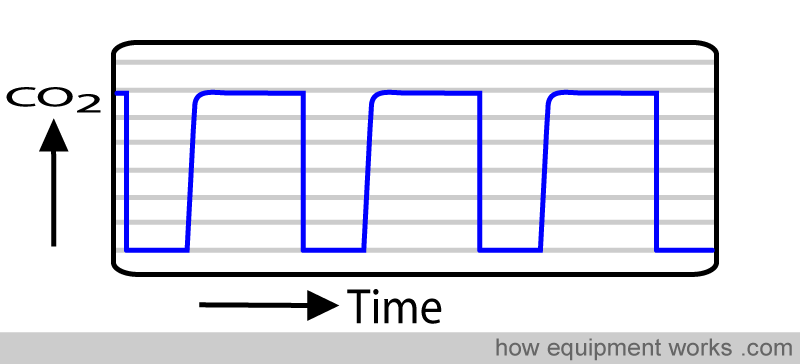

19 – 21 In 2012, the Canadian Anesthesiologists’ Society (CAS) updated its guidelines to make capnography part of the standard of care in the practice of anesthesia in Canada. 18 The monitoring devices help to prevent or reduce adverse events, such as otherwise undetected respiratory depression and hypoxia. Anesthesiologists have been using capnography for decades to monitor ETCO 2 in patients receiving general anesthesia. 16 Capnography may also capture an otherwise self-resolving incident of respiratory depression, 17 which might also lead to unnecessary interventions.ĮTCO 2 monitoring using capnography devices has application across several hospital and pre-hospital settings and, depending on the clinical area, the technology is at various stages of adoption. 14 However, if capnography is used or interpreted incorrectly, the falsely high or falsely low readings 15 may potentially lead to unnecessary patient interventions. 14 The same audit concluded that half of the deaths that occurred in UK emergency departments could have been avoided had capnography been correctly used and interpreted. A 2011 audit of major airway-management complications in the United Kingdom (UK) estimated that 82% of events resulting in death or brain injury in the intensive care unit (ICU) likely ensued from failure to use capnography in relevant cases. 11 – 13 Detecting issues at an early stage prompts timely intervention at the onset of an adverse respiratory event, which can help avoid deterioration to a more critical, or fatal, point. Health care providers are able to identify potential breathing complications (such as airway obstruction, hyperventilation, hypoventilation, or apnea) and respond accordingly with a change in clinical management (for example, providing supplemental oxygen or reassessing the patient).
CAPNOGRAPHY MACHINE PORTABLE
Whether sidestream or mainstream, capnography devices are available as hand-held portable devices or as a module or component integrated into other medical equipment, such as defibrillators, anesthesiology machines, and patient-monitoring systems.īy using capnography, a patient’s ventilation status is monitored in real time. 9, 10 Sidestream measurement has been the most common type of ETCO 2 measurement modality in Canadian facilities, even as a number of new, innovative, and ultraportable mainstream capnography devices are becoming available. Sidestream devices can monitor both intubated and non-intubated patients, while mainstream devices are most often limited to intubated patients. In the case of a mainstream configuration, the CO 2 sensor and a sampling cell are integrated into a small device that connects directly at the airway, between the breathing circuit and endotracheal tube (ETT).

The exhaled CO 2 is diverted from the airway into the device via a sampling tube of six to eight feet in length, which is attached to the breathing circuit fitted to the patient. In a sidestream configuration, the CO 2 sensor is located in the monitoring device, which is at a distance from the patient.

For this reason, capnography is currently the most widely recommended method for monitoring ETCO 2 5 – 8.Ĭapnography devices are configured as either sidestream or mainstream. In contrast, capnography delivers a more comprehensive measurement that is displayed in both graphical (waveform) and numerical form. Capnometry provides a numerical value for ETCO 2. 2 – 4 Non-invasive methods for ETCO 2 measurement include capnometry and capnography. Available evidence has established that ETCO 2 measurement can provide an indication of cardiac output and pulmonary blood flow. ETCO 2 levels reflect the adequacy with which carbon dioxide (CO 2) is carried in the blood back to the lungs and exhaled. End-tidal carbon dioxide (ETCO 2) is the level of carbon dioxide that is released at the end of an exhaled breath.


 0 kommentar(er)
0 kommentar(er)
